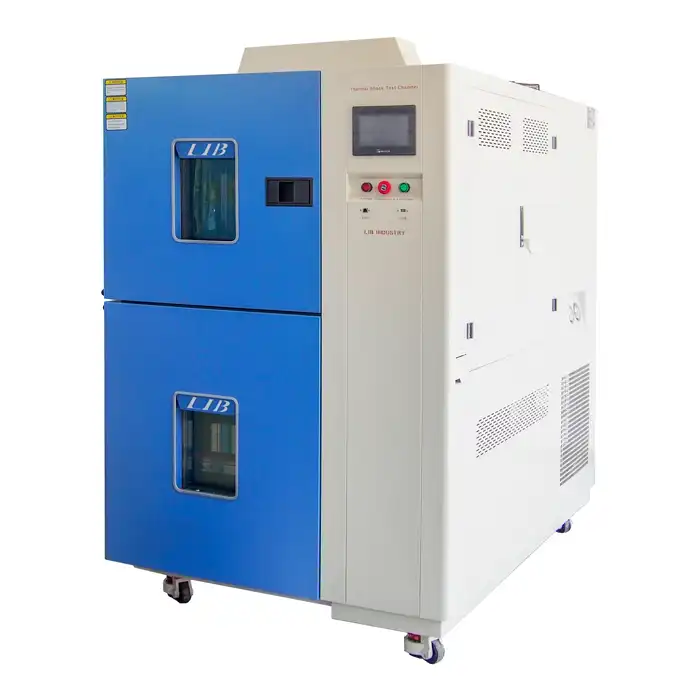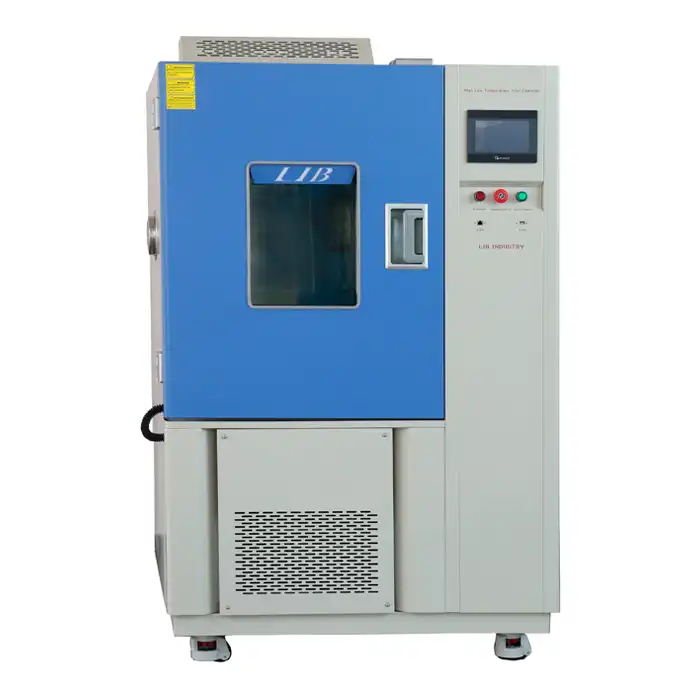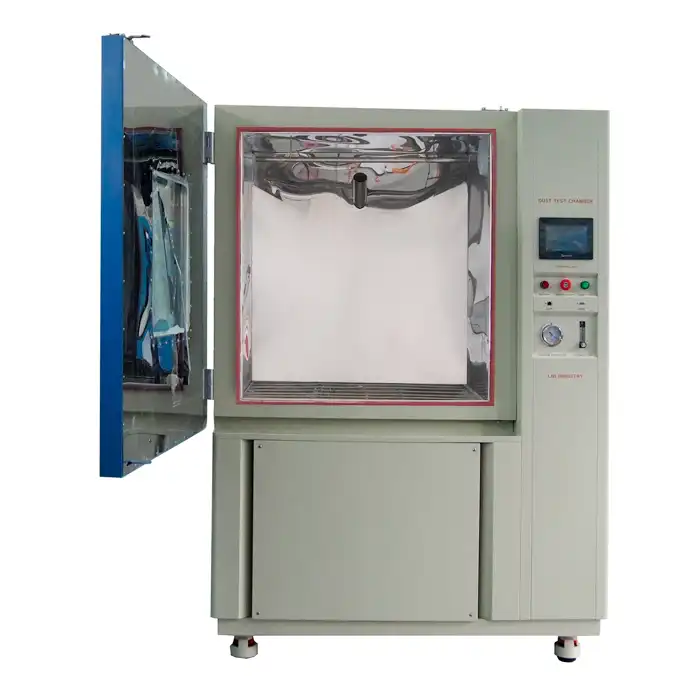IPX3 X4 Test Chamber Maintenance: Keeping Your Equipment Running Smoothly
Maintaining your IPX3 X4 test chamber properly is essential for ensuring accurate and reliable results. Regular care not only prolongs equipment life but also ensures optimal performance. Below are key maintenance steps to help you keep your test chamber in top condition.
Why Regular Check-ups are Crucial?
Regular maintenance of your IPX3 X4 test chamber is vital for preventing breakdowns and costly repairs. By conducting check-ups, you can spot potential issues early, ensuring your environmental test chamber performs efficiently. Regular inspections also help maintain the accuracy of test results, which is essential when conducting high-precision testing.
Daily and Weekly Maintenance Tasks
To keep your IPX3 X4 test chamber running smoothly, it's important to establish a routine for daily and weekly maintenance tasks. Daily tasks may include visually inspecting the chamber for any signs of wear, checking the water supply, and ensuring the spray nozzles are functioning properly. Weekly maintenance should involve a more thorough cleaning of the chamber's interior, including removing any debris or water deposits that could affect the performance of the chamber.
For example, accumulated mineral deposits on spray nozzles can reduce the accuracy of water flow during testing. Regular cleaning with a non-abrasive solution can prevent this issue. Additionally, check the seals around the door weekly to ensure they are intact and not allowing water to leak. Proper lubrication of moving parts should be done to minimize friction, which could lead to wear and tear over time.
Troubleshooting Common Issues
Despite regular maintenance, issues may still arise with your IPX3 X4 test chamber. One common problem is inconsistent water flow, which can result from clogged nozzles or low water pressure. To resolve this, first clean the nozzles and check the water source for any obstructions. If the issue persists, it could indicate a problem with the chamber's pump system, which would require professional servicing.
Another frequent issue is inaccurate temperature readings. This can occur if the sensors inside the chamber become dirty or misaligned over time. To troubleshoot, clean the sensors gently and recalibrate them according to the manufacturer's guidelines. Additionally, electrical issues such as faulty wiring or power surges can disrupt the chamber's functionality. If you notice any flickering lights or inconsistent power, it's best to consult a technician to avoid any potential electrical hazards.
Calibration and Accuracy: Ensuring Your Test Results are Reliable Over Time
Calibration is critical for maintaining the precision and reliability of your IPX3 X4 test chamber. Over time, natural wear and tear can cause the chamber's sensors and systems to drift from their original settings, leading to inaccurate test results. To ensure that your chamber continues to provide reliable data, it's important to schedule periodic calibration checks.
For example, calibrating the water spray system ensures that the correct volume and pressure of water are applied during testing. Similarly, temperature and humidity sensors should be recalibrated regularly to avoid skewed data. Many manufacturers recommend annual calibration, but depending on the frequency of use, this may need to be done more often. Always refer to the chamber's manual or consult the manufacturer for calibration intervals and procedures. Keeping your equipment in peak condition guarantees that your test results meet industry standards and regulatory requirements.
Best Practices for Long-Term Care
To extend the lifespan of your IPX3 X4 test chamber, adopt best practices for long-term care. This includes storing the chamber in a clean, dry environment when not in use and protecting it from extreme temperatures or humidity, which can degrade components. Covering the chamber when it's not in operation can also prevent dust and debris from accumulating.
Additionally, investing in professional servicing at regular intervals can prevent major breakdowns and ensure that your chamber remains in optimal working condition. Keep a detailed log of all maintenance activities, repairs, and calibrations. This record will help you track the health of your equipment and identify any recurring issues that need attention.
Maintaining your IPX3 X4 test chamber not only ensures its longevity but also guarantees the accuracy and reliability of your test results. By performing regular check-ups, adhering to a daily and weekly maintenance schedule, troubleshooting common issues, and ensuring proper calibration, you can keep your equipment running smoothly for years to come.
For more information on maintaining your IPX3 X4 test chamber or to inquire about our products and services, feel free to reach out to LIB Industry at ellen@lib-industry.com.
References
1. Technical Guidelines for Environmental Test Chambers Maintenance, 2021 Edition.
2. "Calibration Best Practices for Environmental Test Equipment," Journal of Testing and Measurement, Vol. 38, 2020.
3. Maintenance and Troubleshooting for Test Chambers, Industrial Equipment Review, 2019.
4. "Ensuring Reliable Test Results Through Proper Chamber Calibration," Environmental Testing Magazine, March 2022.



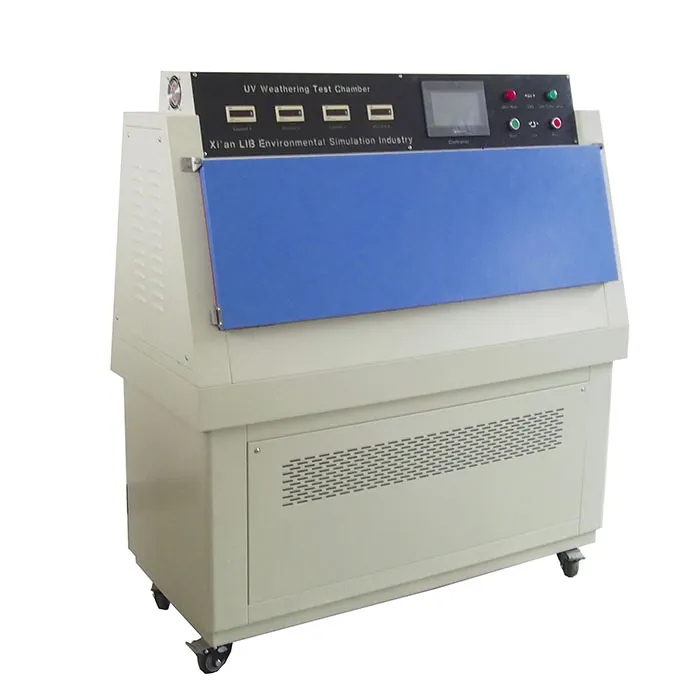

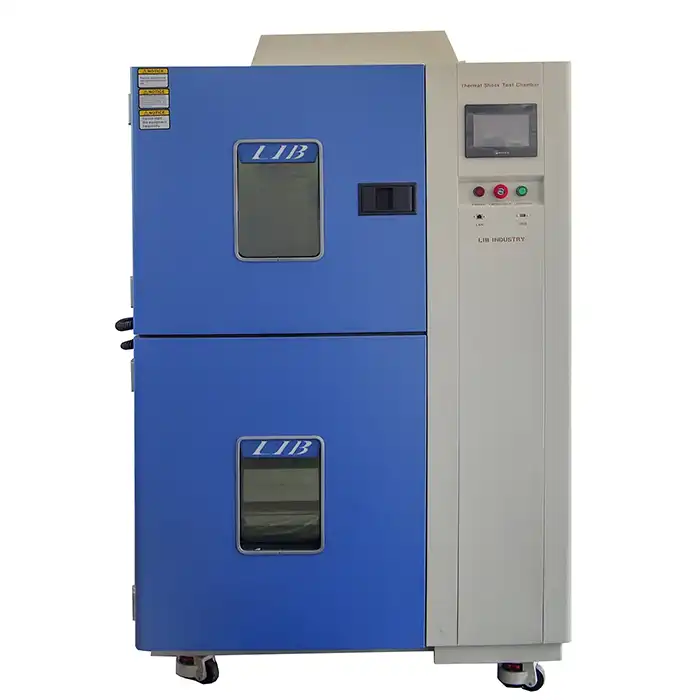
.webp)
